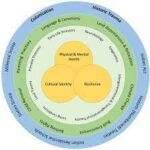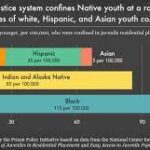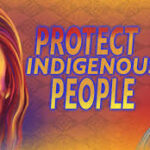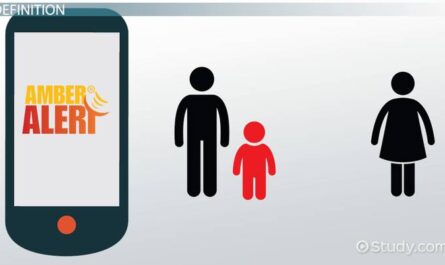Introduction:

Indigenous peoples in the United States have faced centuries of systemic oppression, marginalization, and exploitation. From the arrival of European settlers to the present day, the history of Native American communities has been marked by dispossession of land, forced assimilation, violence, and cultural genocide. This essay aims to provide a comprehensive overview of the victimization experienced by indigenous peoples in the USA, highlighting key historical events, policies, and their ongoing impacts.
Historical
The history of indigenous peoples in the United States is marked by a profound legacy of victimization, spanning centuries of colonization, dispossession, and systemic oppression. This essay offers a detailed exploration of the multifaceted forms of victimization experienced by Native American communities, from the earliest encounters with European settlers to the contemporary challenges they face.
Pre-Colonial Era:
Prior to European contact, indigenous peoples inhabited the land now known as the United States, with diverse cultures, languages, and societal structures.
The arrival of European explorers in the 15th century initiated a process of colonization that led to the displacement and subjugation of Native American tribes.
Initial interactions were often characterized by trade and alliances, but soon escalated into violence and conflict over territory.
Colonialism and Territorial Expansion:

Colonization efforts intensified in the 17th and 18th centuries, driven by the desire for land, resources, and economic gain.
Treaties were made and broken, leading to the gradual encroachment on indigenous lands through warfare, coercion, and deceit.
The Indian Removal Act of 1830, signed by President Andrew Jackson, forcibly relocated Native American tribes from their ancestral homelands to designated “Indian Territory” west of the Mississippi River, leading to the Trail of Tears and the deaths of thousands.
Reservation Era and Assimilation Policies:
The late 19th and early 20th centuries saw the establishment of reservations as a means of segregating indigenous populations and clearing the way for white settlement.
Assimilation policies such as the Dawes Act of 1887 aimed to eradicate traditional Native American culture by allotting individual land parcels and promoting English education and Christianity.
Boarding schools were used as a tool for assimilation, where Native American children were forcibly removed from their families and subjected to cultural erasure and abuse.
Cultural Genocide and Loss of Identity:

The suppression of indigenous languages, religions, and traditions contributed to the erosion of cultural identity and intergenerational trauma.
The imposition of federal policies, such as the ban on traditional religious practices and the outlawing of ceremonial dances, further marginalized Native American communities.
Efforts to revive and preserve indigenous cultures have been ongoing but continue to face challenges due to historical trauma and systemic barriers.
Economic Exploitation and Disenfranchisement:
Indigenous peoples have been disproportionately affected by poverty, unemployment, and lack of access to basic services such as healthcare and education.
Exploitative practices such as resource extraction, including mining, logging, and oil drilling, have encroached upon indigenous lands, leading to environmental degradation and health hazards.
Despite legal recognition of tribal sovereignty, indigenous nations continue to struggle for autonomy and self-determination in the face of federal intervention and corporate interests.
Contemporary Issues and Resistance:

Present-day challenges include high rates of poverty, substance abuse, and violence within indigenous communities, exacerbated by historical trauma and systemic neglect.
Movements for indigenous rights, environmental justice, and land sovereignty have gained momentum, with grassroots activism and legal battles challenging the status quo.
Calls for truth, reconciliation, and restitution have emerged as part of efforts to address the legacy of colonialism and promote healing and justice for indigenous peoples.
Conclusion
The victimization of indigenous peoples in the USA is a complex and ongoing process rooted in centuries of colonialism, exploitation, and oppression. From the pre-colonial era to the present day, Native American communities have endured dispossession of land, cultural genocide, and economic exploitation. Despite these challenges, indigenous peoples have shown resilience and resistance, fighting for their rights, cultural revitalization, and self-determination. Addressing the historical and ongoing injustices faced by indigenous peoples is essential for building a more just and equitable society.



